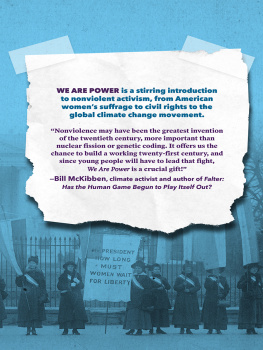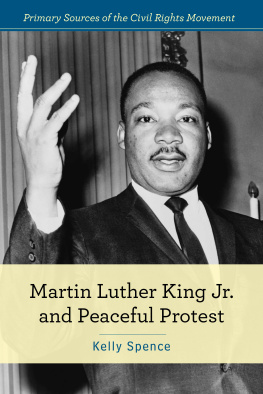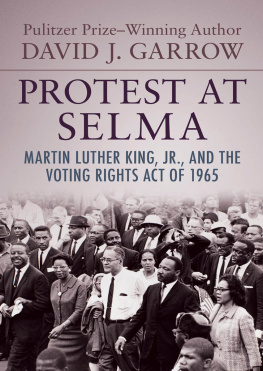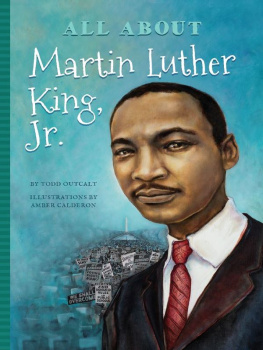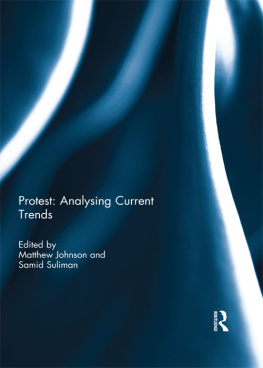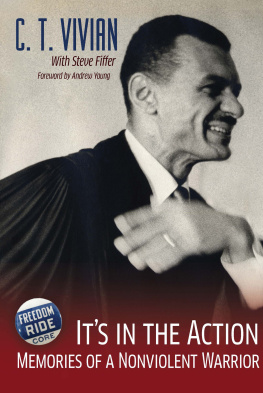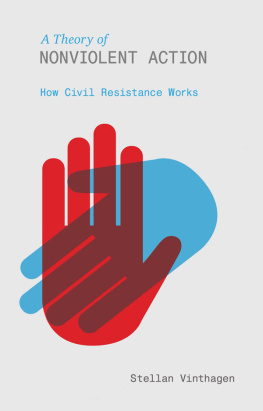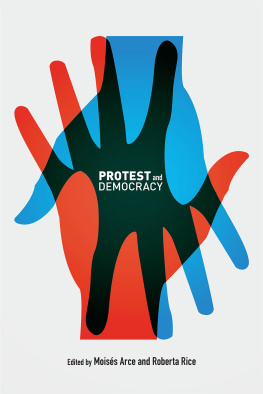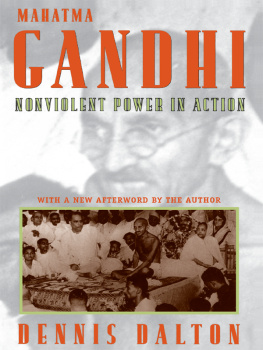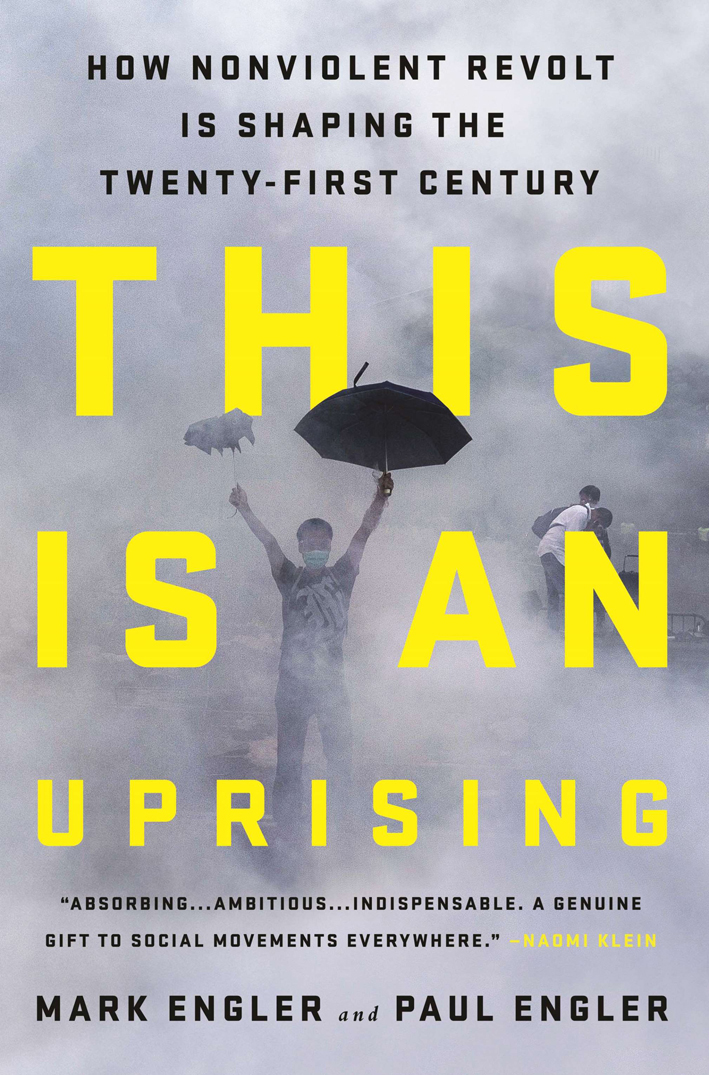
More praise for This Is an Uprising
Building a truly mass, nonviolent resistance movement is key to solving the twin crises of climate change and gaping inequality. Thankfully, the dynamics of past uprisings are not some inscrutable mysteryand as Mark and Paul Engler so vividly show here, todays organizers are building on a deep and rich political tradition. As absorbing as it is ambitious, this indispensable book is studded with memorable stories and sharp arguments.
Naomi Klein, author of This Changes Everything and The Shock Doctrine
Simply outstanding. The success or failure of future campaigns for peace and justice could depend on how many people read this book. Yes, its that good.
Stephen Zunes, University of San Francisco
If you want to understand the social movements that are erupting all around us, you should be reading the Englers. Their writing is a revelation.
Andy Bichlbaum, The Yes Men
This is truly an important work. The moments and movements that drive societal change have remained elusive and misunderstood by most, whether pundits, activists, or everyday people consuming the news. In This Is an Uprising, Mark and Paul Engler brilliantly unearth, explain, and contextualize the dynamics of breakout mobilizationsboth dispelling the popular notion that transformational progress simply arises from historical circumstance, and pushing back on long-held dogma that hinders more successful engineering of people-driven campaigns. For all those who seek to play an effective role in creating social or political change in the modern era, the Englers book is a must-read.
James Rucker, cofounder, ColorOfChange.org and Citizen Engagement Lab
This book tells the stories of the mass movements that have made our world and continue to change it, and it tells them with excitement, insight, and hope like few have told them before.
Maria Elena Durazo, international union vice president for civil rights, diversity, and immigration, UNITE HERE
I love this book. The Englers have written a fresh and exciting addition to the literature of social movements, a page-turner that is both hopeful and practical.... We all need to read this now.
George Lakey, author, activist, and founder of Training for Change
This incredible book gives us the tools we need both to understand this watershed moment in history and to chart a course toward a transformed future. Movement wildfires are starting all around the world. This work connects them in a way that is both inspirational and informational. I believe that we will win, and this book told me how we have before.
Umi Selah (formerly known as Phillip Agnew), mission director, Dream Defenders
This book could not have arrived at a more critical time. We are at a pivotal moment in history as climate justice, economic justice, racial justice, and immigrant justice movements are building people power with the ability to win.... I encourage movement builders to not only read this book, but to read it over and over. The relevance of its lessons in todays world cannot be overstated.
Paulina Gonzalez, organizer and executive director, California Reinvestment Coalition
This book is the Rules for Radicals for a new generation. Mark and Paul Engler have written a defining work on the science of popular movements. It brings clarity and insight to many of major debates that I have experienced firsthand as an organizer in the immigrant rights movement and beyond. A must-read for everyone fighting the battle for justice in this world.
Carlos Saavedra, lead trainer, Ayni Institute, and former national coordinator, United We Dream


Copyright 2016 by Mark Engler and Paul Engler.
Published by Nation Books, A Member of the Perseus Books Group
116 East 16th Street, 8th Floor
New York, NY 10003
Nation Books is a co-publishing venture of the Nation Institute and the Perseus Books Group.
All rights reserved. Printed in the United States of America. No part of this book may be reproduced in any manner whatsoever without written permission except in the case of brief quotations embodied in critical articles and reviews. For information, address the Perseus Books Group, 250 West 57th Street, 15th Floor, New York, NY 10107.
Books published by Nation Books are available at special discounts for bulk purchases in the United States by corporations, institutions, and other organizations. For more information, please contact the Special Markets Department at the Perseus Books Group, 2300 Chestnut Street, Suite 200, Philadelphia, PA 19103, or call (800) 810-4145, ext. 5000, or e-mail .
Designed by Jeff Williams
A CIP catalog record for this book is available from the Library of Congress.
ISBN: 978-1-56858-514-7 (EB)
10 9 8 7 6 5 4 3 2 1
Table of Contents
Guide
CONTENTS
When Martin Luther King Jr. and a dozen of his top advisors arrived at the Dorchester retreat center near Savannah, Georgia, in early January 1963, the mood of the group was somber. The organizers had just suffered one of their greatest defeats, and they could not afford to fail again. They were about to risk their lives by launching a major series of protests against segregation in one of the most foreboding cities in the American South: Birmingham, Alabama. They resolved that this time they would have a plan to win.
Over the previous year, Kings Southern Christian Leadership Conference (SCLC) had been involved in a civil rights campaign in Albany, Georgiaa small city in the southwestern part of the state. There, months of demonstrations resulted in the arrest of more than two thousand participants. Yet, in the end, the national press focused on the reserve and good judgment shown by segregationist city officials. The New York Times noted the deft handling by the police of racial protests in Albany, while another publication remarked that not a single racial barrier fell.
At Dorchester, King gathered his inner circle to regroup, reflect, and strategize. Among those in attendance were Ralph Abernathy, Kings best friend and spiritual counsel, and Wyatt Tee Walker, the SCLCs thirty-three-year-old executive director. Dorothy Cotton and Andrew Young were also present. Although they were still considered junior staffers in the organization, their influence was rising. Cotton, already a powerful force in the organizations training programs, was one of few women to break into the organizations male-dominated command. For his part, Young served for King as a moderate voicea counterweight to the leaders more radical advisors. These radicals included James Bevel, a veteran of the militant Student Nonviolent Coordinating Committee (SNCC), who had gained a reputation as an expert in mobilizing students for sit-ins and other high-stakes acts of resistance.
Together, the group reviewed their failure in Albany and mapped their next move. To this end, they began laying the foundation for an audacious scheme that would be implemented over the following months. Today, their strategy is sometimes referred to as the Birmingham model. But early on, when preparations were known to only a few, the plan was referred to as Project X, and later Project C.
The C in Project C stood for confrontation.
Next page

